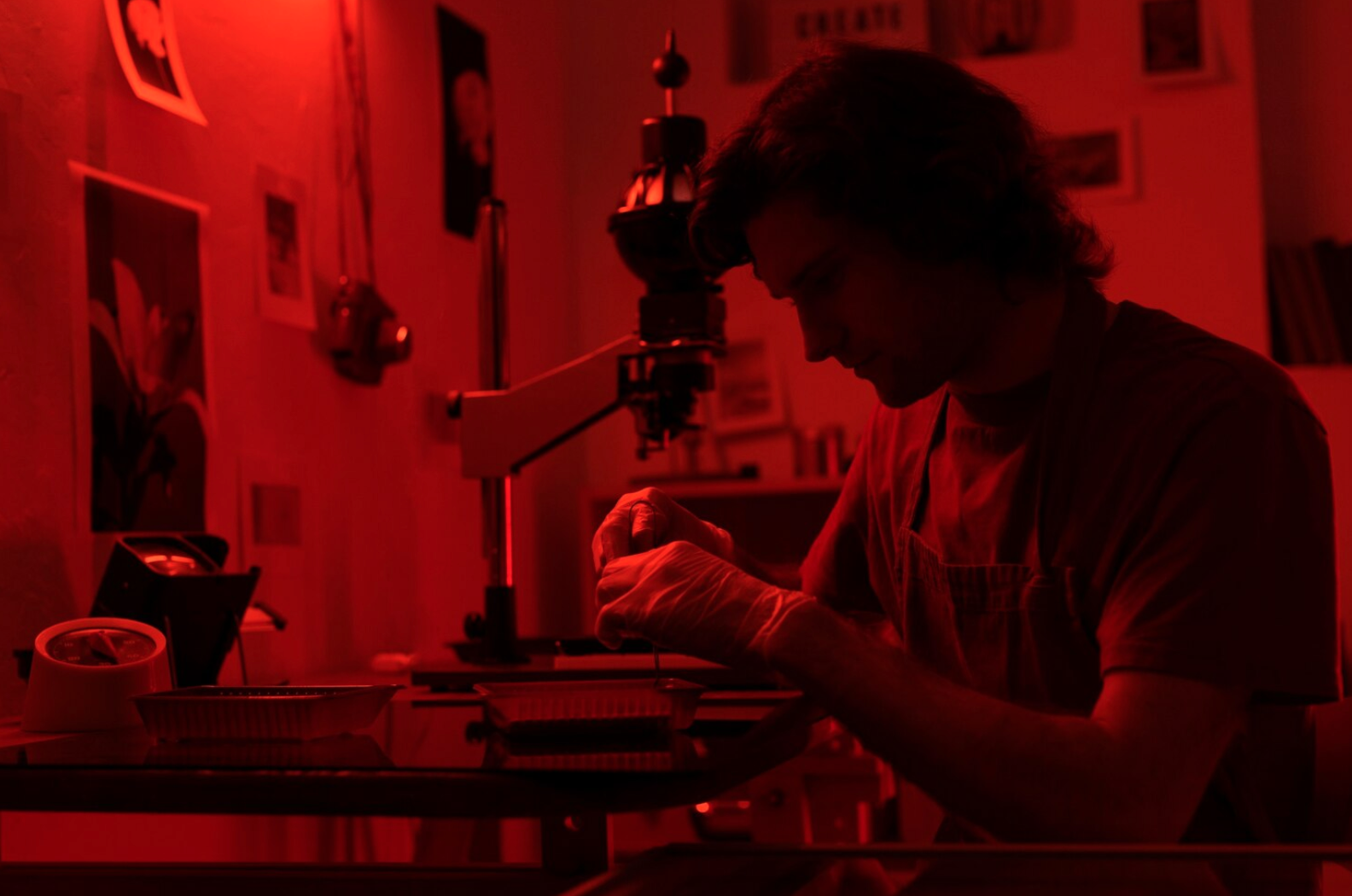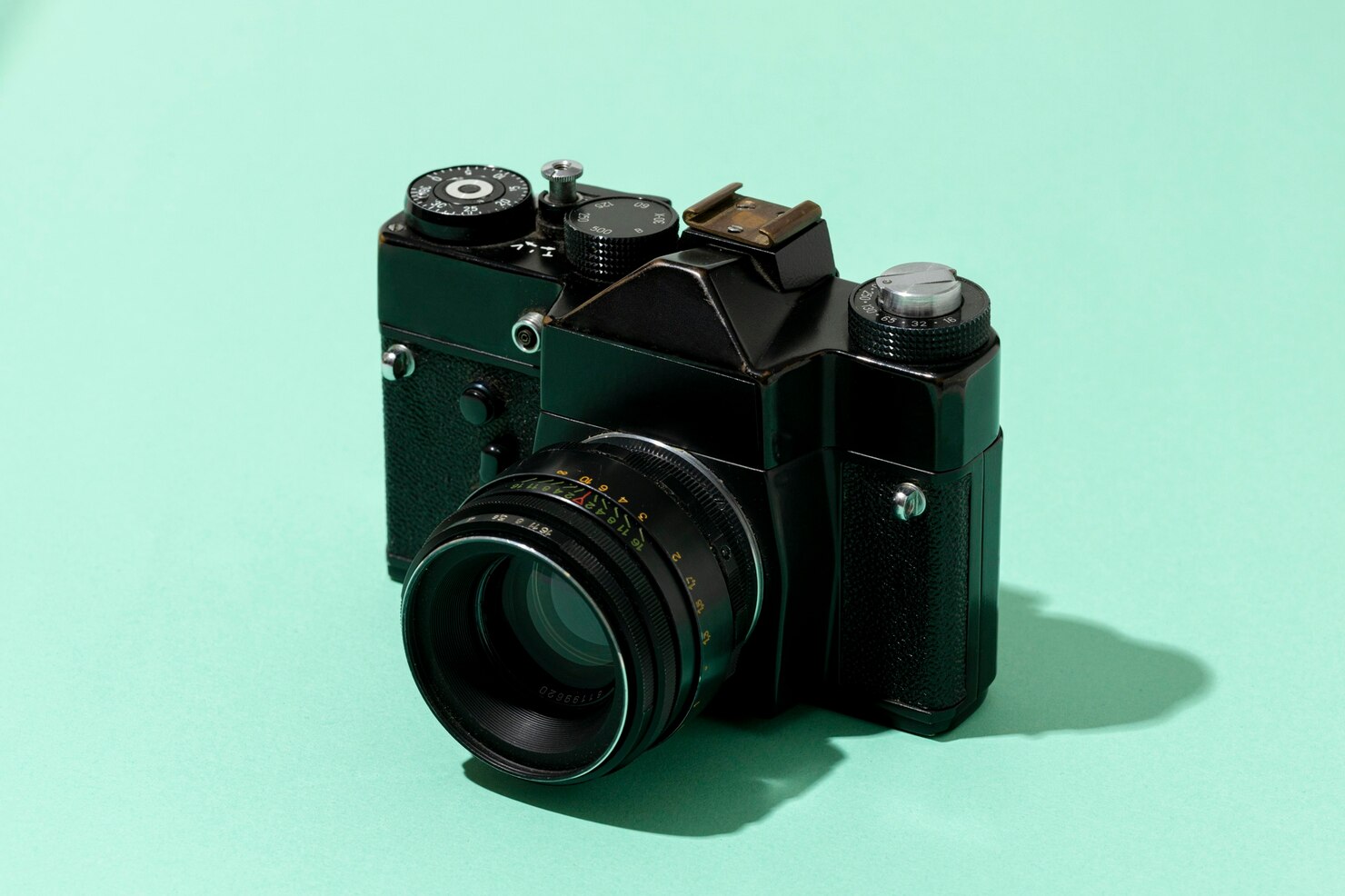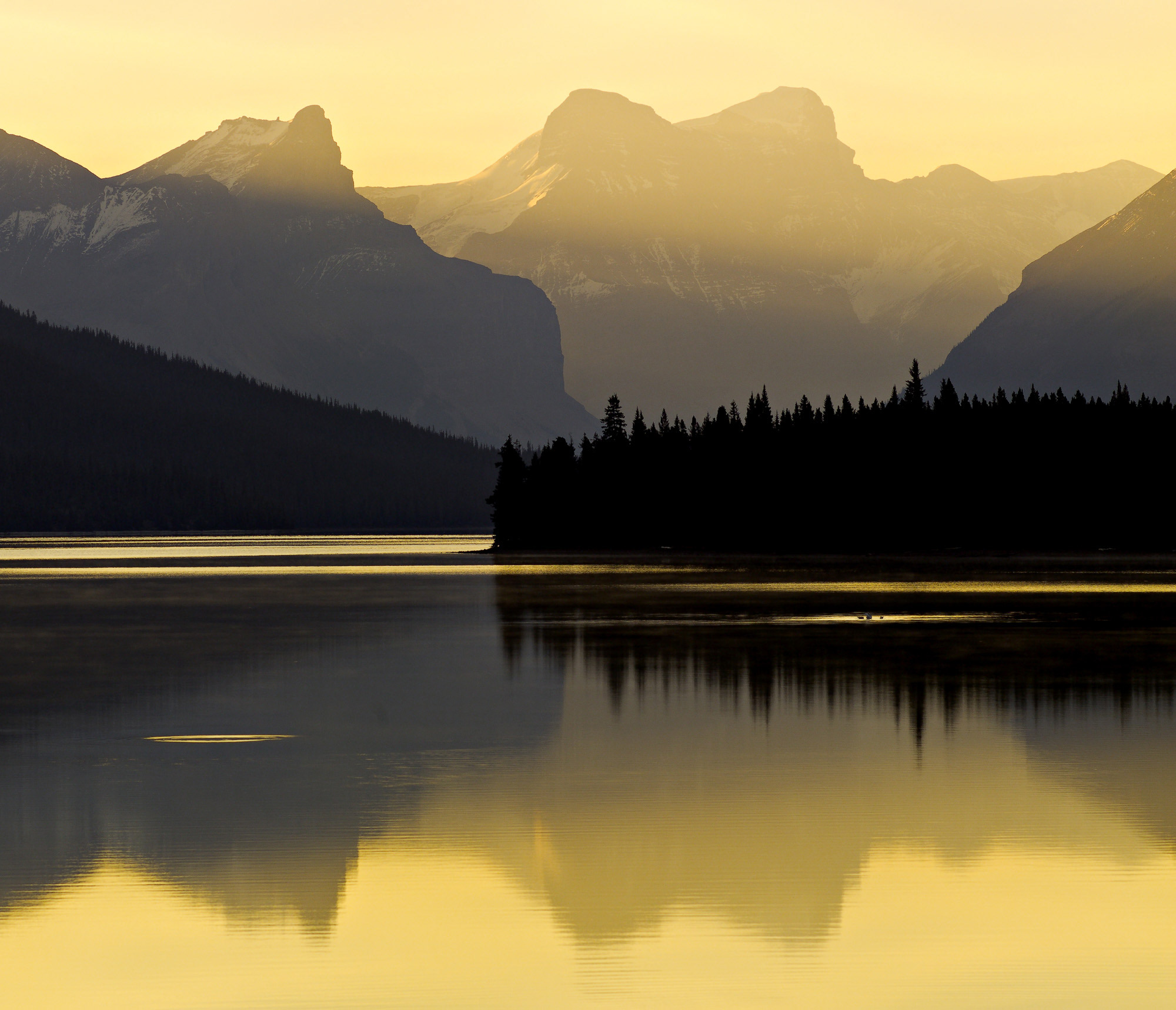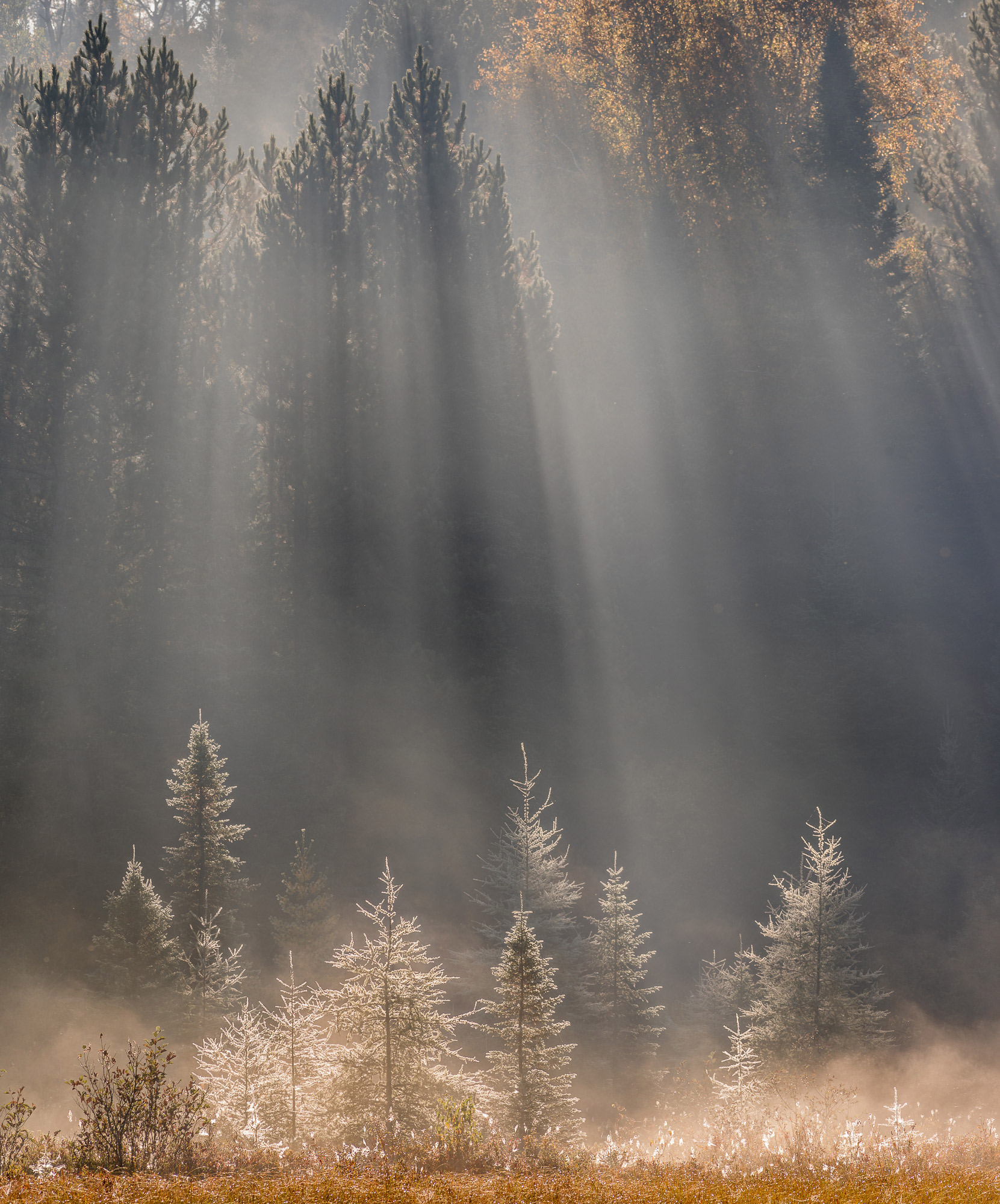For professional, or more committed photographers, the journey of capturing moments and creating art has significantly evolved over the years. From the days of dark room photography to the advent of digital cameras (not even mentioning the little rectangles in our pockets), and now with the rise of mirrorless cameras, our tools have reshaped the way we approach our craft. However, as we stand on the cusp of a new era driven by Artificial Intelligence (AI), it is essential to recognize that the essence of photography remains rooted in the human experience of sight and our desire to share captured moments.


The transition from dark room photography to digital revolutionized the industry, offering improved convenience, flexibility, and cost-effectiveness. Photographers no longer had to spend hours in the dark room (though many still love to!) developing and printing their work. With the advancement of digital cameras, the ability to instantly review, edit, and share images became a game-changer and was indeed the genesis of this site!
In recent years, mirrorless cameras have further transformed photography with their lightweight design, compactness, and cutting-edge technology. These cameras replaced the traditional mirror mechanism found in DSLRs, allowing for a more convenient shooting experience without sacrificing image quality. Mirrorless cameras offer rapid autofocus, superior low-light performance, and the ability to adapt various lenses, making them a favorite among many professionals.


But as we move forward, the integration of AI in photography promises to revolutionize the way we view and interact with images. AI-driven algorithms can enhance image quality, automatically adjust settings, and assist in post-processing. While this technological advancement brings exciting possibilities, we should also approach it with caution, ensuring that the human touch and intent are not lost in the pursuit of perfection.
Photography, like recording to vinyl in music production or oil painting in the art world, stands as a testament to the human experience of sight and insight, relationship with our perceived and tactile world and the desire to capture and share moments. It is an art form that channels our emotions, perspectives, and creative vision into a tangible and visual medium. It is a physical and process based experience we fall in love with.
Despite the advancements in technology, the essence of photography will always lie in the process and the personal connection we forge with our subjects. Photographs serve as historical records, creating proof of providence, but they are also a reflection of the photographer’s interpretation, storytelling, and unique perspective. Embracing the art of photography extends beyond the mere act of pressing a shutter. It encompasses the skill, creativity, and ability to evoke emotions through imagery.
As AI continues to advance and reshape the field of photography, it is crucial to remember that it is still the human behind the lens that brings life and depth to the captured moment. Technology may assist, enhance, and streamline the process, but the artistry lies within us. The beauty of photography lies in our ability to see, feel, interpret, and share the world around us. So, let us embrace the technological advancements, but never forget that the heart of photography lies in the human experience. It is our unique perspective, our passion, and our desire to capture and share moments that truly make photography an art form that transcends time and technology.
Balancing Technology and Artistic Vision: Tips for Professional Photographers In today’s digital age, photographers have an incredible array of technological tools at their disposal. While these advancements offer convenience and efficiency, it is of utmost importance to maintain your artistic vision and avoid getting swept away in the wave of tech. Here are some tips to help you strike the perfect balance between technology and preserving your unique artistic expression:
1. Embrace technology as a tool, not a crutch: Technology can enhance and streamline your workflow, but it should never define your creative process. Remember that it is your vision, skill, and creativity that make your photographs unique. Use technology to aid you in achieving your artistic goals, but always rely on your instincts and personal style. Those are developed by relating to our authentic self and exploring.
2. Invest in equipment with purpose: The photography market is flooded with a wide range of gear and gadgets, each promising amazing features and capabilities. While it can be tempting to acquire the latest and greatest, be mindful of your actual needs. Invest in equipment that aligns with your aesthetic and shooting style, allowing you to capture images that resonate with your artistic vision. Dan Wells here at LULA has done well to explore a bridge between the cutting edge and what is actually useful.
3. Use post-processing tools selectively: Post-processing software has become an integral part of modern photography. While it offers endless possibilities for editing and enhancing images, exercise restraint and use these tools selectively. Avoid relying too heavily on filters or presets that compromise the authenticity of your work. Use post-processing as a means to accentuate your artistic intent, not to alter or misrepresent it.
4. Experiment with new techniques and technology: While staying true to your artistic vision is crucial, don’t shy away from exploring new techniques and technologies. Being open to innovation can broaden your artistic horizons and open doors to fresh perspectives. Experiment with new equipment, software, or shooting techniques, but always remember to adapt them to serve your unique style.
5. Seek inspiration beyond the digital realm: To avoid becoming too reliant on technology, find inspiration beyond the digital world. Explore art galleries, visit museums, read literature, or immerse yourself in nature. This may all seem obvious but it’s amazing how we forget. Inspiration lies in the tangible and the intangible, and by drawing on diverse sources, you’ll infuse your work with a richness and depth that sets it apart from the sea of digital imagery.
6. Connect with fellow artists: The photography community is filled with talented individuals who share your passion for the craft. Engage with fellow photographers, attend workshops, participate in photo walks, and join online forums to connect and collaborate. Sharing experiences and ideas with like-minded individuals can help you harmonize your technological pursuits with your artistic goals. Remember, technology should serve as a tool to enhance and support your artistic vision rather than dictate it.
By maintaining a balance between embracing technology and preserving your unique style, you can create visually stunning and emotionally impactful work that speaks volumes about your artistic talent. Embrace the opportunities that technology provides while staying true to the core of your creative vision. Finding what that vision is, is not a destination so much as a profound process of exploration and openness.
Building Connections in the Photography Community: Expanding Solo and Social Platforms for exploration and expression in photography is not just about capturing captivating images; it is also about connecting with a community that shares the same passion for this art form. It is very human in this way. Our environments are shared and so we share how we relate. For many of us this is a way to engage and grow our connections.
Whether online or in the real world, establishing meaningful connections can greatly enhance your growth as a photographer and provide avenues for exploration and expression we could not attend to alone. Let’s delve deeper into how you can build connections within the photography community:
Online Platforms like this one allow us to connect with fellow photographers, and engage with a wider audience. Actively participate in photography-related groups or communities, comment on others’ work, and initiate conversations to foster connections
Online Portfolios and Photography Websites (LULA has one in the works!) : Create your own online portfolio or website to showcase your work, personal style, and vision. This acts as a professional platform that enables potential clients, agencies, or other photographers to discover your talent and reach out for collaborations or networking. Engaging with your audience through blog posts or behind-the-scenes stories can further strengthen connections. This may all seem obvious, but often we become stuck or simply forget to put some sweat equity into sharing. While we may have plans to exibit, taking the time to open ourselves up through our vertuak gallery, such as the type LULA is developing, can we a rewarding and more immidiate way to connect which we may have neglected.
Real-World Connections:
a. Photography Workshops and Conferences: Attend photography workshops, seminars, conferences, and exhibitions in your local area or even travel to national or international events. These events not only offer opportunities to learn from industry experts but also provide a chance to connect with photographers from diverse backgrounds and styles. This may be a tall order for some, but the dividends can be great. My father Michael Reichmann’s workshops were prime examples of social events for a solo craft like photography done right. The inspiration can last and embolden.
b. Local Photography Clubs and Meetups: Explore local photography clubs and meetups where photographers gather either physically or virtually. Engaging in group activities, photo walks, or photo challenges can foster camaraderie and allow for constructive discussions on techniques, equipment, and artistic vision. Better yet, start one ! Even if a handful of people meet, this can be rewarding in ways we may have ignored. I have gone on walks with one or two people and found great inspiration.
c. Collaborative Projects and Exhibitions: Collaborate with other photographers on projects that align with your interests or explore new creative realms. Joint exhibitions or showcases can create a sense of community and offer exposure to different perspectives. Such initiatives often result in lasting partnerships and mutual support.
3. Exploring and Expressing as a Solo Photographer:
a. Self-Initiated Projects: Challenge yourself by embarking on self-initiated projects that push your boundaries and allow for personal exploration and growth. Share your progress and results with the photography community, online or offline, to receive feedback, encouragement, and support.
b. Personal Photoblogs or Journals: Start a personal photoblog or journal to share your thoughts, experiences, and inspirations. This is precisely what the LULA gallery will facilitate.
This not only serves as a reflective platform but also invites others to engage in dialogue and connect with your unique perspective. Become the teacher you are. Even as you remain a student.
c. Mentorship and Teaching: Consider becoming a mentor or educator in photography. Sharing your knowledge and experience with aspiring photographers not only helps them grow but also fosters connections and networks that endure over time. Remember, building connections in the photography community is not just about virtual likes or surface-level interactions; it is about establishing meaningful relationships and engaging in a mutually supportive environment. By actively participating in both online and real-world platforms, you can explore and express yourself as a solo photographer while simultaneously benefiting from the collective wisdom and camaraderie of the photography community.
Balancing the use of technology in photography to maintain the essence of human connection and emotional expression requires a mindful approach. Here are a few ways to achieve this balance: 1. Embrace Technology as an Aid, not a Replacement: View technology as a tool that enhances your photography rather than replacing your creative vision. Instead of relying solely on automated settings or post-processing software, strive to understand the technical aspects of photography and consciously make decisions that align with your artistic intent. 2. Focus on the Intention Behind the Image: Before capturing an image, ask yourself: What story or emotion am I trying to convey? How can I make a meaningful connection with the viewer through this photograph? By keeping the intent at the forefront, you can ensure that technology serves as a facilitator in achieving your creative goals. 3. Practice Mindful Shooting: With the ease of digital photography, it’s common to take numerous shots without much thought. Instead, slow down and approach each photograph intentionally. Engage with your surroundings, consider composition, and patiently wait for the perfect moment. This deliberate approach allows for a deeper connection to the subject and the emotions you wish to convey.
4. Print and Display Your Work (Eghmmm…We will also allow for the sale of prints through LULA) : While digital platforms enable easy sharing, printing and displaying your photographs can add a tactile and intimate element to your art. Holding a physical print, viewing it in different lighting conditions, or sharing it in person with others can create a more profound connection and evoke emotions that may be lost in the digital realm. 5. Seek Authenticity in Your Subjects: Photography is about capturing real moments and authentic emotions. Instead of relying solely on post-processing techniques or filters, strive to capture genuine expressions, interactions, and stories. Authenticity resonates with viewers and facilitates a stronger emotional connection. 6. Engage in Photography Communities: Joining photography communities, whether online or in person, can provide opportunities for meaningful connections with fellow photographers, artists, and enthusiasts. Engaging in discussions, sharing experiences, and seeking feedback can contribute to a deeper understanding of the true essence of photography and its ability to connect. Ultimately, it’s important to remember that technology should serve as a tool to enhance and facilitate the creative process, rather than overshadowing the human connection and emotional expression that photography is capable of. By adopting a mindful and intentional approach, we can strike a balance that allows us to harness the benefits of technology while retaining the core essence of the craft.
Josh Reichmann
September 2023














